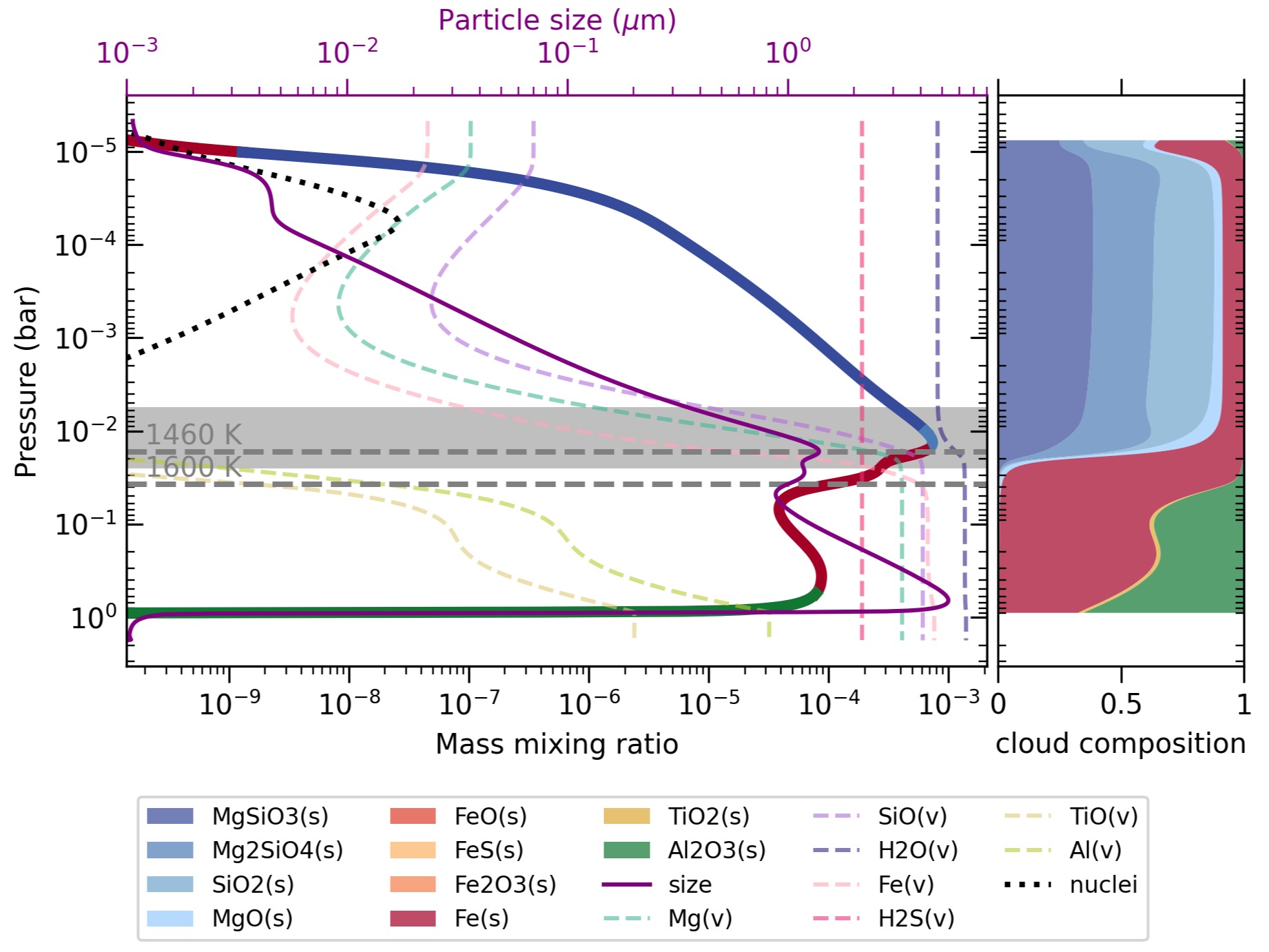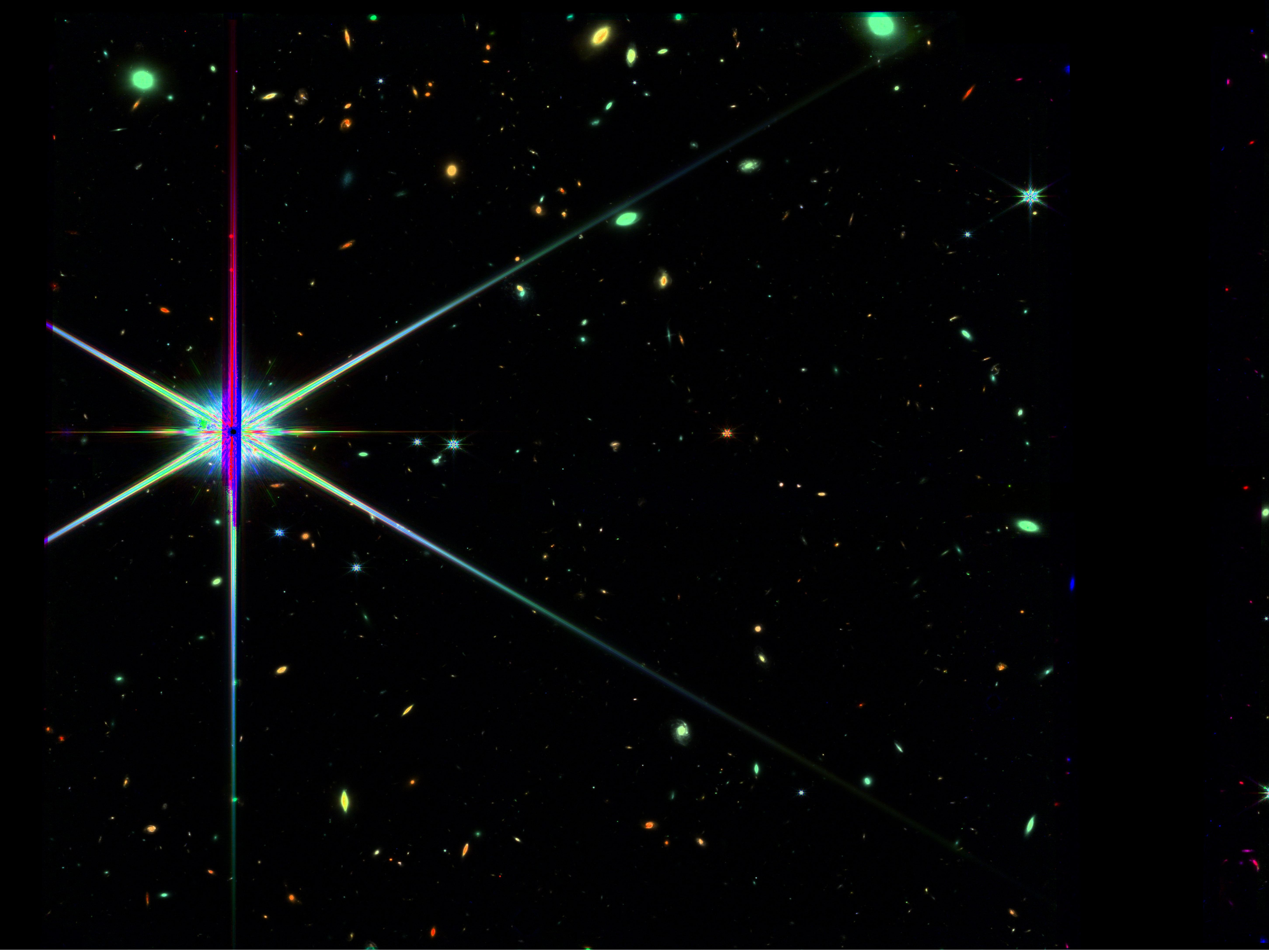Categories

A Hyperactive Fast Radio Burst in a “Clean” Environment
08 11月 2024The Greenbank Telescope and the related research highlight report can be found @ https://greenbankobservatory.org/news/u-s-national-science-foundation-green-bank-telescope-records-fastest-fast-radio-burst-yet/ Fast radio bursts (FRB) are intense radio transients from deep space, lasting only a few milliseconds. These bursts release an extraordinary amount of energy, with a single burst able to ...
阅读更多...
Understanding the composition of clouds on exoplanets
21 10月 2024Exoplanet's atmosphere contains the information where the planet is formed and how it accretes and evolves. Probing the atmosphere from the molecular lines in the transmission and emission spectrum unveils the chemical composition of the planet. However, an uncertain factor in retrieving exoplanet spectra is the presence of clouds. Clouds affect the transmission and emission spectrum by smearin...
阅读更多...
A Two-Earth-mass Planet Found Orbiting a Dead “Sun”
27 9月 2024Images of the area of the microlensing event, indicated by perpendicular white lines two weeks after peak magnification of the background star in 2020, taken by CFHT with seeing of ~ 0.5 arcsec (Left) and in 2023 after its disappearance, obtained by Keck-II with seeing of ~0.08 arcsec (Right). The planetary system with a white dwarf, a two-Earth-mass planet and brown dwarf cannot be seen; the p...
阅读更多...
A collaboration to push the boundaries of cosmos mapping
20 7月 2024EPFL officially joined the Multi Spectroscopic Telescope (MUST) project, led by China’s Tsinghua University, as a founding member. This flagship project will enable scientists to better understand the young universe, dark energy and dark matter.Approximatively 13.8 billion years ago the Universe began with what we call the Big Bang. It expanded explosively, faster than the speed of light. Even...
阅读更多...
Renowned Astronomer and Chief Scientist of FAST, Di Li Joins Department of Astronomy at Tsinghua University
11 7月 2024On July 12, 2024, the Department of Astronomy at Tsinghua University welcomed a new member, Prof. Di Li, a renowned astronomer and the Chief Scientist of the 500-meter Aperture Spherical Radio Telescope (FAST). His joining significantly strengthens the Astronomy program at Tsinghua University.Prior to joining Tsinghua University, Prof. Di Li was a researcher at the National Astronomical Observ...
阅读更多...
JWST and VLT search for the signature of the First Stars
18 4月 2024The first stars, known as Population III stars, were born approximately 100 million years after the Big Bang when the universe was less than 1% of its present age. Population III stars are of fundamental importance to the initial mass function (IMF) of stars, which determines how the universe has evolved over time (see Fig. 1). As Population III stars are shortly lived, they rapidly enrich the ...
阅读更多...


